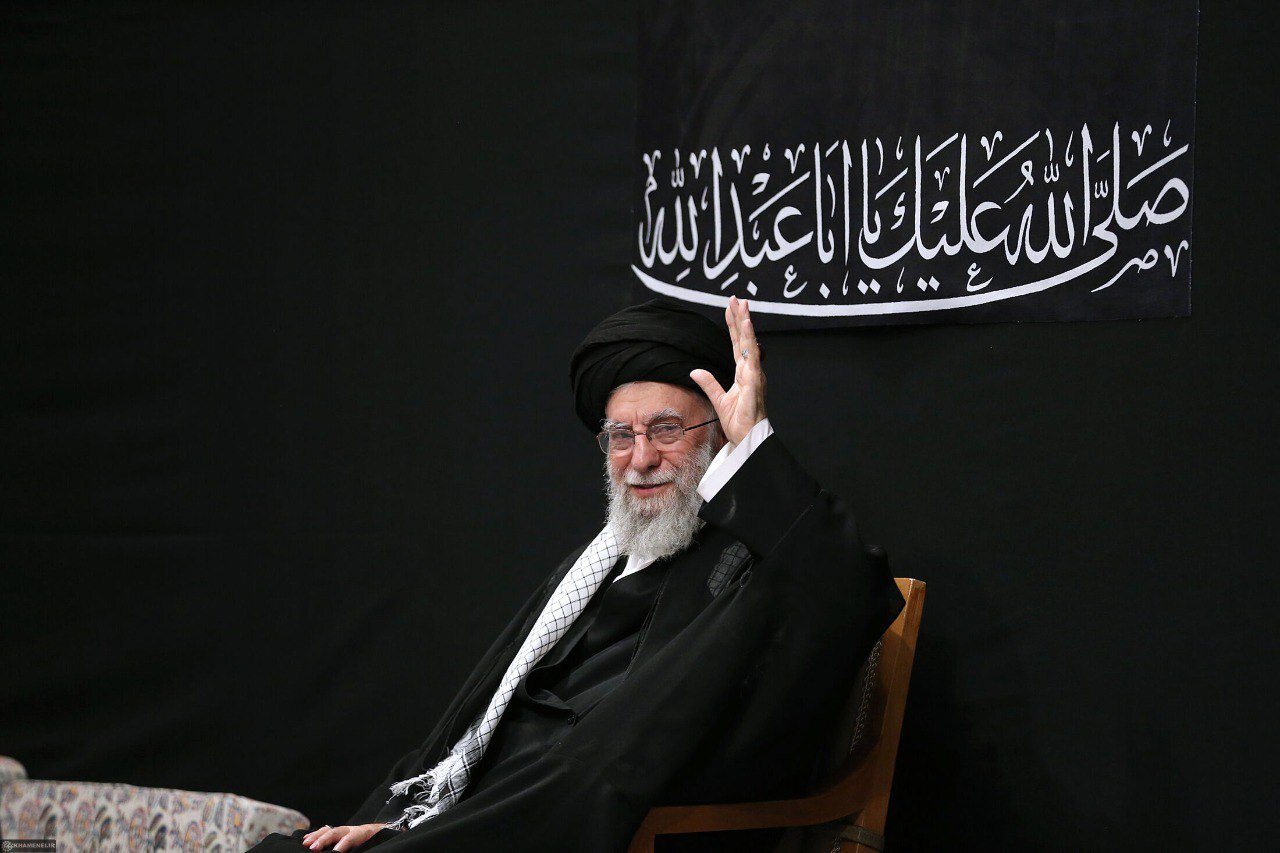Ayatollah Khamenei personally commanded war room
Parliament Speaker reveals details of Iran's war management during 12-day fight with Israel

TEHRAN – In an interview addressing the recent Iran-Israel conflict, Parliament Speaker Mohammad Bagher Ghalibaf disclosed that the Leader of the Islamic Revolution, Ayatollah Seyyed Ali Khamenei, played a pivotal role in orchestrating Iran's decisive strikes, which forced both Israel and Washington to seek a ceasefire after just 12 days of war.
Iran was thrust into shock in the early hours of June 13 when Israel, backed by the United States, carried out airstrikes on residential buildings in Tehran, assassinating several top Iranian generals in an attempt to cripple any immediate retaliation. The Tehran Times understands that American officials had previously assured Iran that no war would erupt as long as indirect nuclear negotiations continued—talks that were set to resume just days before the sudden Israeli attacks. The U.S. directly joined the war on June 22, bombing nuclear sites that had already been attacked by Israel in the initial days of the war.
“The Leader appointed new commanders 3 or 4 hours after the assassinations. He summoned the newly appointed officials, briefed the, in person, gave them directives and deployed them to the battlefield,” Qalibaf explained after stating that Ayatollah Khamenei played the same role he did in the 1980s, when southern Iran had been invaded by Iraq under Saddam Hussein.
Ayatollah Khamenei was also swift in addressing the Iranian nation. A few hours after the initial Israeli airstrikes, the Leader issued a video message, telling Iranians that Israel was going to pay for its crimes and become “miserable”.
Iran’s retaliation began on day 1 of the war, as barrages of missiles rained on the occupied territories and hit strategic Israeli sites. That saga continued until the very last minutes of the war.
The regime has been in full swing the hide the aftermath of Iran’s attacks, but reports emerging during and after the war show the casualties and damage is significantly higher than that which has been reported by Hebrew media. One American analyst and former military figure with ties and connections in the occupied territories has said that at least one-third of Tel Aviv has been damaged by Iranian missiles. A recent report by The Telegraph also revealed that at least five important Israeli military sites have been destroyed or badly damaged. Other information says Israeli Prime Minister Benjamin Netanyahu’s office located at the Kirya compound — the Israeli military's nerve centre – was hit and will be under re-construction for several months. Some of the other destroyed sites include the Amman and Mossad headquarters, the Weizmann Institute, as well as oil refineries and power plants in Haifa.
In his interview, Qalibaf said Israel suffered significantly greater damage than publicly acknowledged. “In the final days of the war, 90% of our missiles successfully struck their targets,” he stated, adding that Israel's true death toll probably reached at least 500—far higher than the officially reported figure of 29.
Addressing the indirect negotiations with the U.S., Ghalibaf condemned Washington for attacking Iran during active diplomacy. In response to American aggression, Iran struck the region's most critical U.S. military installation - Qatar's Al Udeid Airbase. Of the 14 missiles launched at the target, six found their mark. U.S. President Donald Trump had claimed that all the missiles were intercepted, and one landed in an open area. A recent report by the Associated Press showed that at least one geodesic dome in Al Udeid was destroyed. The structure reportedly contained critical American communications equipment used for secure operations.
Leave a Comment